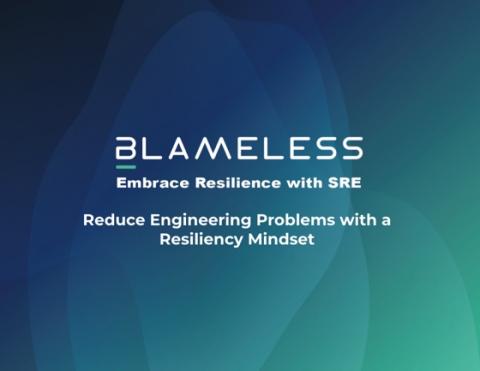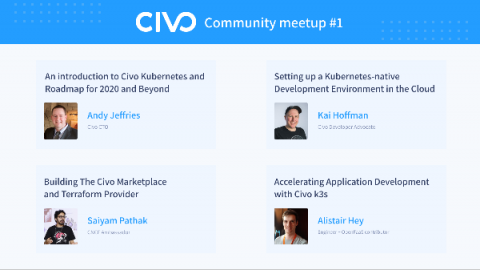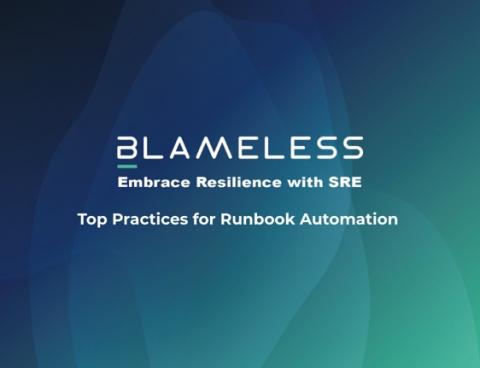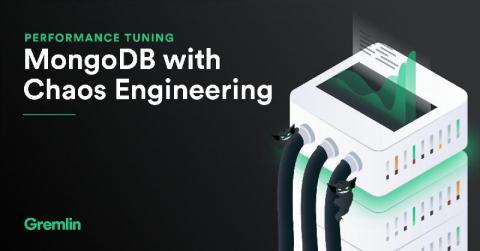Operations | Monitoring | ITSM | DevOps | Cloud
Latest News
Civo Community Meetup #1 w/ Saiyam Pathak and Alistair Hey
The very first Civo Community Meetup is here! Episode #1 featured talks from Civo CTO Andy Jeffries and Developer Advocate Kai Hoffman, alongside #KUBE100 community members Saiyam Pathak and Alistair Hey. This meetup not only focussed on the direction of Civo and what's in store for the future for us, but also shared insights into the Civo marketplace and Terraform provider, plus k3s development using OpenFaaS with Civo k3s.
SCOMathon 2020 - A big thank you
To our SCOM Community – thank you for making the first worldwide virtual SCOM event such a huge success! As co-hosts of SCOMathon 2020 that took place last week, we are happy to have provided a platform for the SCOM community to get together, learn and connect.
Kubernetes Everywhere Enables Simplified Heterogeneous Deployment: Edge, Prem, Cloud
Since almost the beginning of programming, the idea of write-once and deploy everywhere, on all platforms, has been an unreachable ideal to minimize development costs for cross-platform applications, drive UI consistency and reduce security service area. In programming, the cross-platform languages Java and Python have topped developer utilization charts for decades.
"I'm happy coming back, as long as nobody else does"
Service Autodiscovery & Automatic Monitoring with Sematext
If you are anything like us here at Sematext, you are likely always trying to automate any tedious, repetitive tasks. Repetitio est mater… boringdorum. Setting up monitoring falls in that category. You either do it manually every time you provision a new piece of infrastructure or service, or you automate it. Note that by “service” I mean either an instance of your own application or something like Nginx or Elasticsearch or MySQL or …
Top Practices for Runbook Automation
Performance tuning MongoDB with Chaos Engineering
You’ve pored over the MongoDB documentation, crafted highly polished and well-tuned queries, and confidently deployed your new code to production. Everything ran great at first, but once CPU or RAM usage hit a certain point, your queries suddenly slowed to a crawl. What happened, and how can you prepare for situations like this in the future? This is an unfortunate but common scenario with databases like MongoDB.
How to Automate the End-to-End Lifecycle of Machine Learning Applications
Machine Learning (and deep learning) applications are quickly gaining in popularity, but keeping the process agile by continuously improving it is getting more and more complex. There are many reasons for this, but primarily, behaviors are complex and difficult to anticipate, making them resistant to proper testing, harder to explain, and thus not easy to improve.
Alien Wavelengths to Shared Spectrum
Alien wavelengths are commonplace today. Here a transponder pair from one optical system vendor connects to, and transmits over, the optical line system (OLS) – constituting fixed/reconfigurable multiplexer and amplification elements primarily – from another vendor. (While it can be technically feasible to pair transponders from different vendors, typically this is not done for commercial and operational reasons.)











